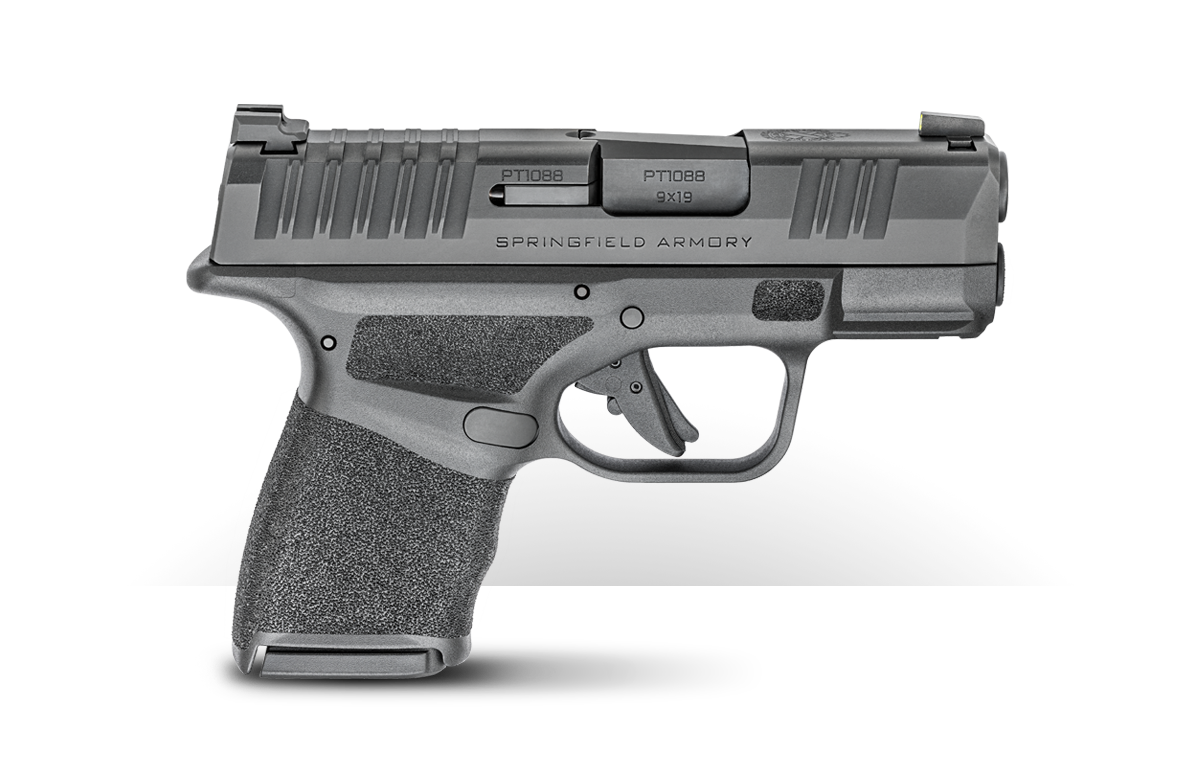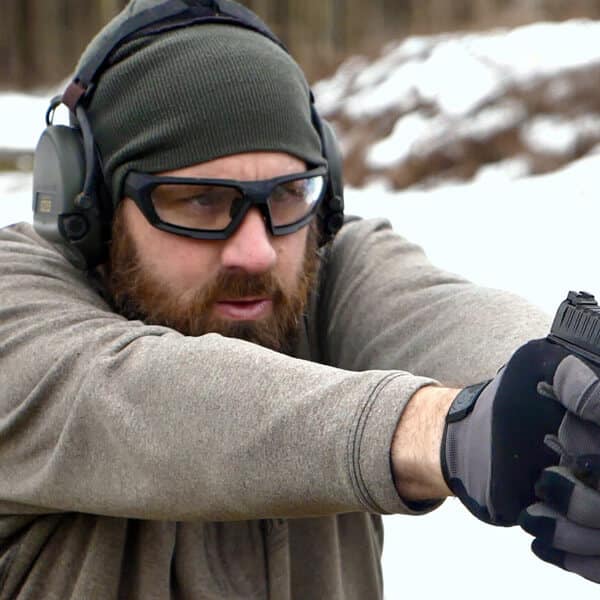When you purchase your first semi-automatic handgun, the knowledge needed to use it in a responsible and efficient manner rarely comes with the gun. Taking the time to learn to operate the gun is a worthwhile investment. This could take the form of mentorship from a more experienced friend, a training class with a professional instructor, or maybe you might decide to work through some of the details on your own.
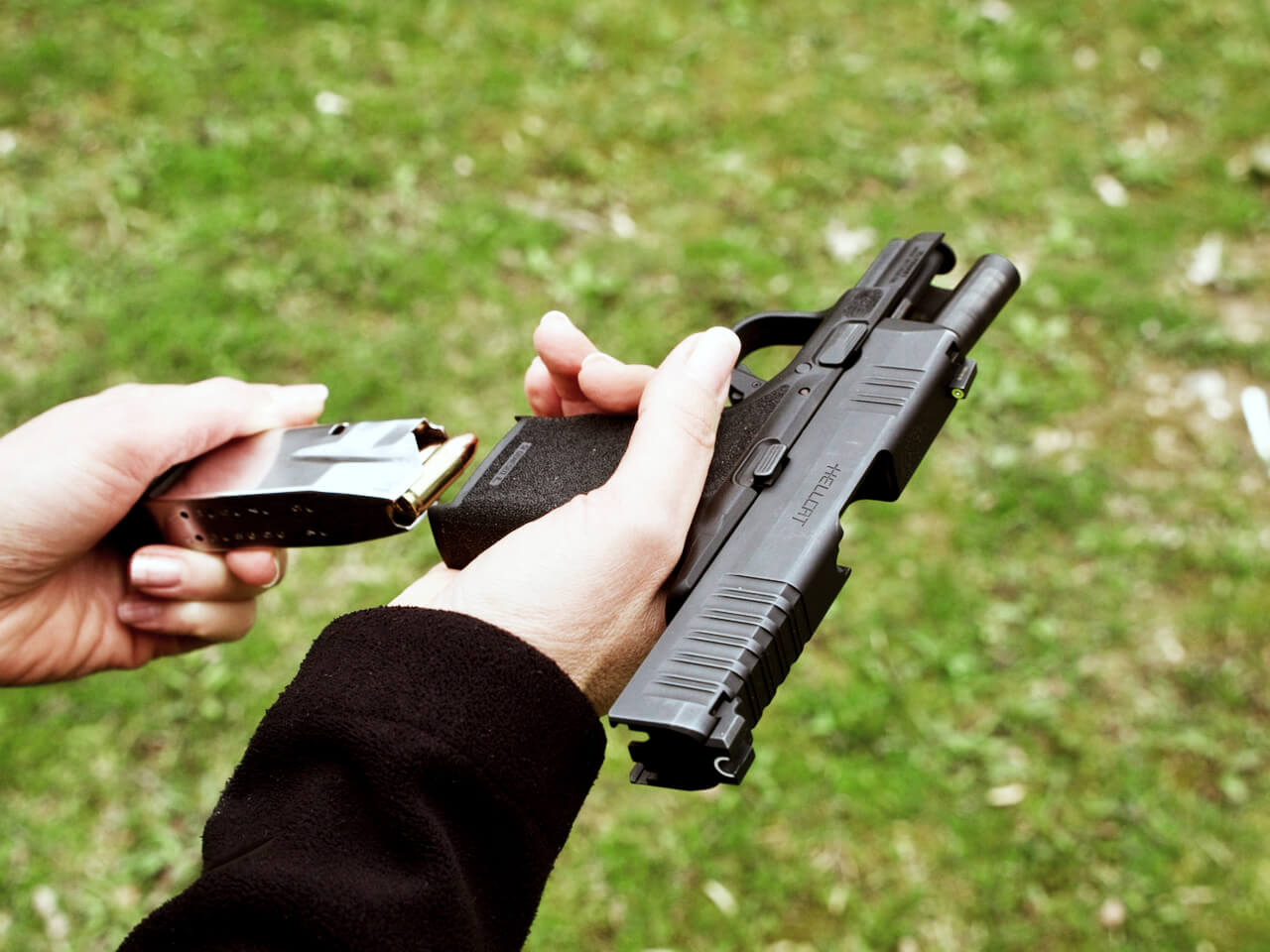
Remember, whenever you handle firearms, practice responsible gun handling skills.
Intent
The intent of this post and video is to provide you with a solid framework for operating your new semi-automatic handgun. It isn’t intended to replace formal instruction. If you are new to semi-automatic handguns, like the Springfield Armory Hellcat, this will get you started in the right direction.
If instead, you are an experienced handgunner, you might pick up a point or two you haven’t previously considered. The post will also provide you with a resource you can share with friends and family that are new gun owners.
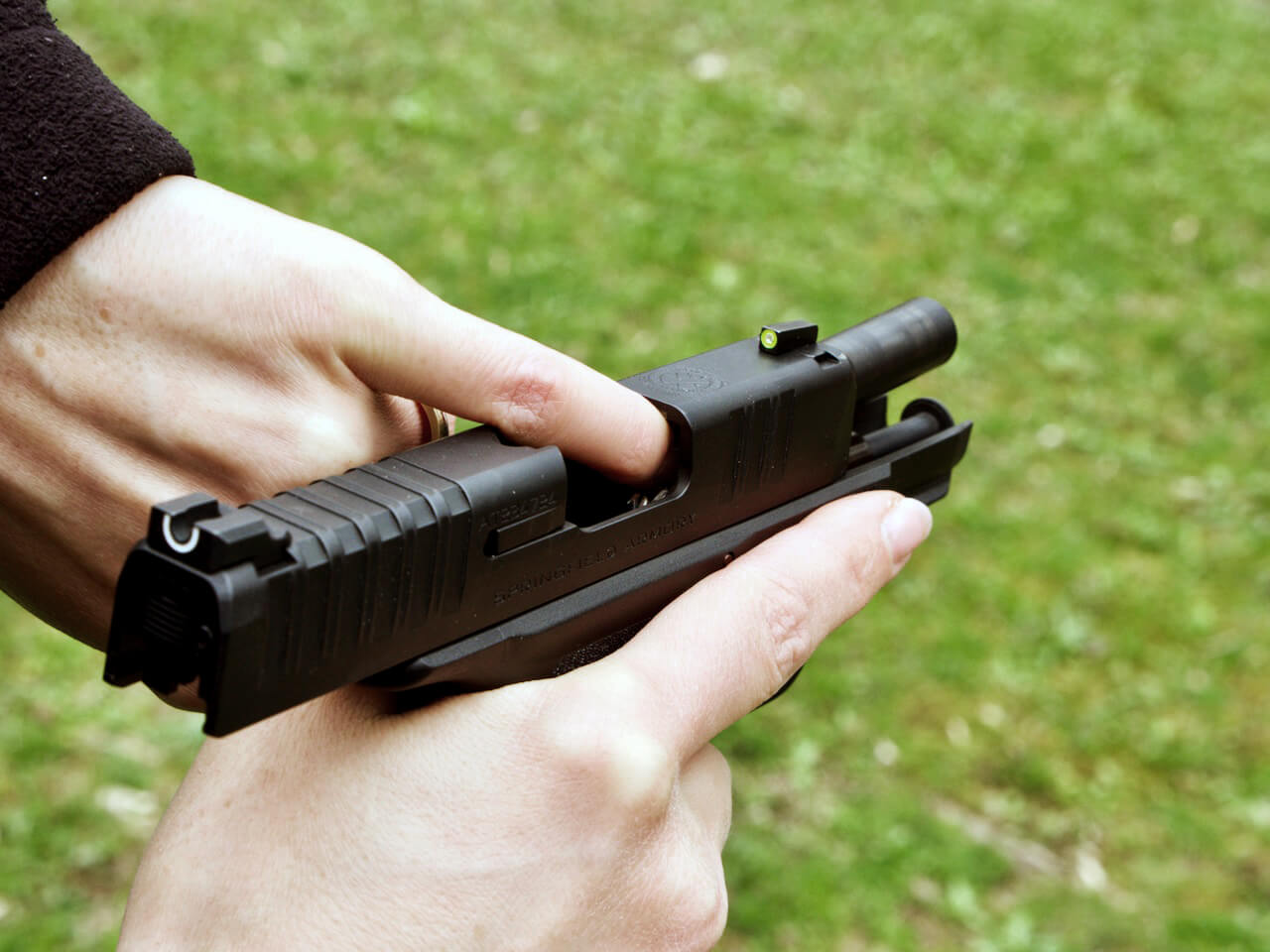
Verifying Condition of a Handgun
Every time you pick up a handgun, the first thing you should do is determine whether the gun is loaded or unloaded. I call this process “verifying the condition” of the handgun.
When a handgun is loaded, we know that it is ready to shoot. If on the other hand the handgun is unloaded, we can then proceed to handle administrative tasks such as cleaning, adding accessories or storing the gun responsibly.
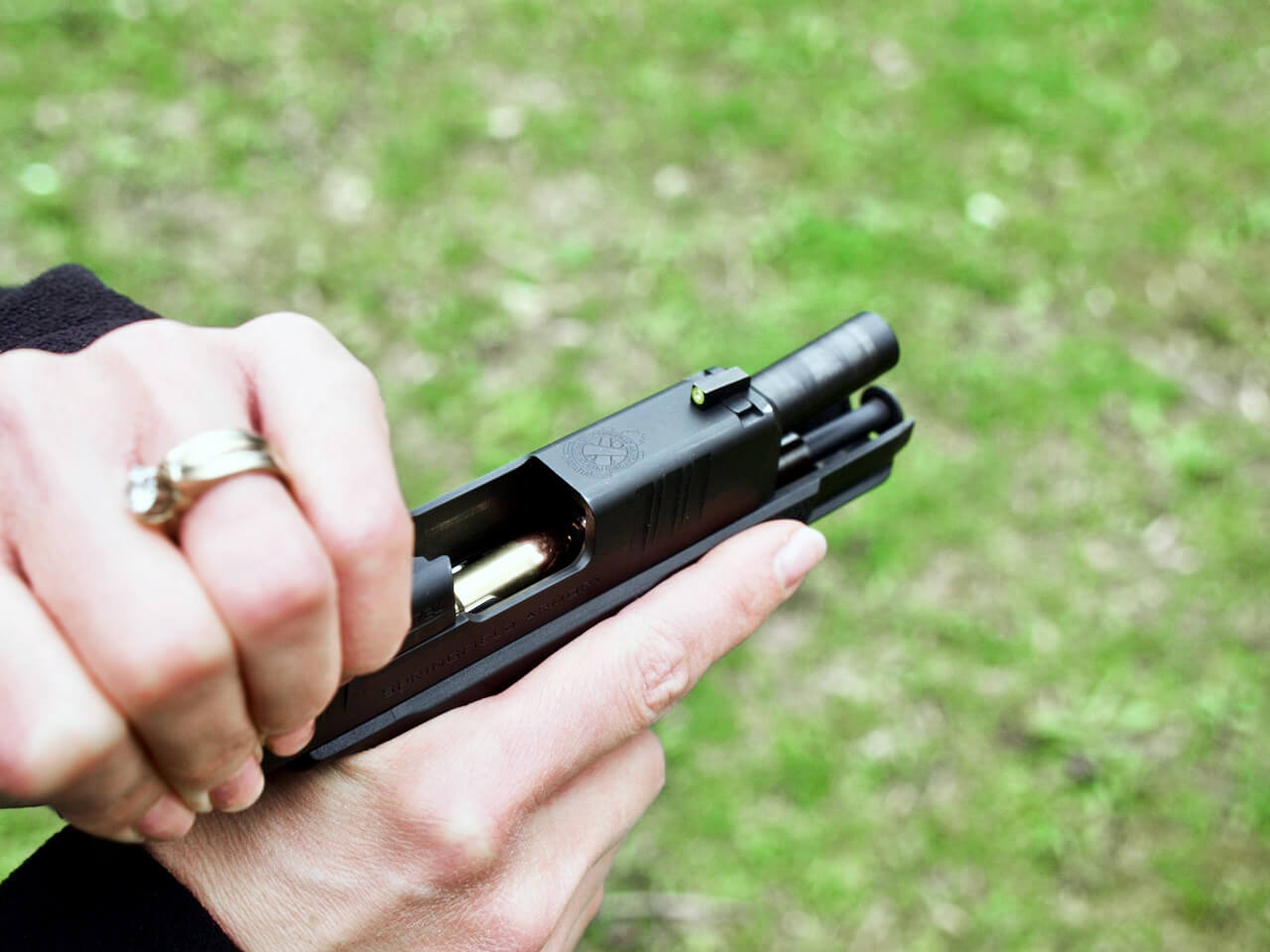
A couple of finer points that I think are important: We want this verification to work, even if we are in a situation where there is inadequate light to see if the gun is loaded or not. This is why we physically check the chamber and the magazine well for ammunition or a source of ammunition like the magazine.
We also want to make multiple checks to ensure the gun is unloaded. When I am checking the status of my guns I check once, distract myself from the task and then check a second time. The distraction serves as an opportunity to have a fresh examination of the gun. In an ideal situation, after my two checks are completed I would have a skilled friend repeat the procedure.
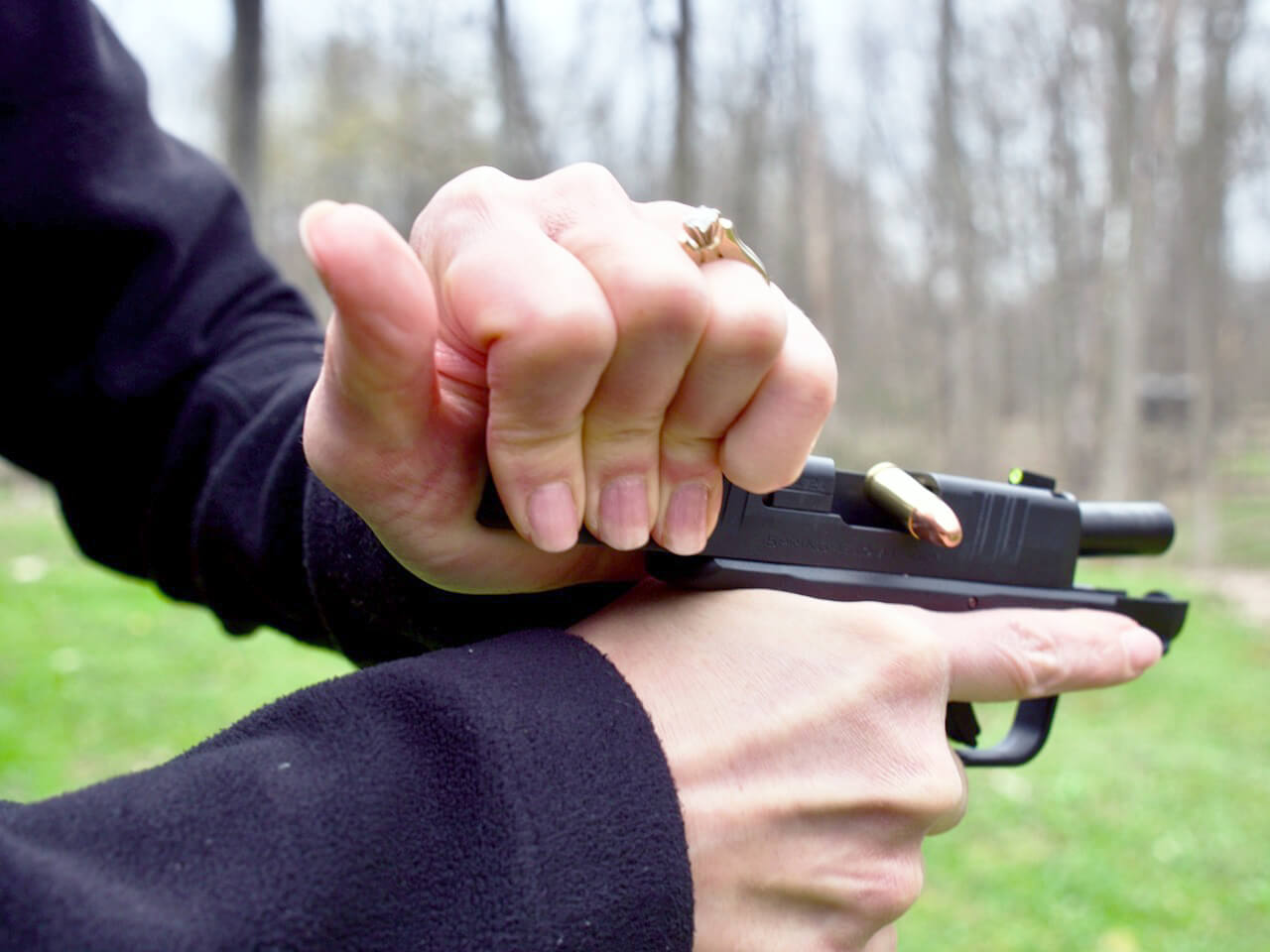
Loading a Semi-Automatic Pistol
Loading a semi-automatic handgun is a straightforward process; however, order matters. First, insert a filled magazine into the magazine well. Make certain that the copper-colored bullets are facing forward. Next, grasp the slide, behind the ejection port with your support hand. The strongest way to grasp the slide is as if your hand is a saddle on the back of a horse. Pull firmly to the rear and then let the slide move forward under its own power.
Understand that if you get the order backward you have an unloaded gun. So be certain to insert the magazine first and then rack the slide.
Unloading Your Pistol
Just like in loading your Hellcat, the order matters when unloading. You MUST remove the magazine from the gun FIRST. Then you rack the slide fully to the rear several times to ensure the chamber (where the round fits in the barrel) is clear. Then, lock the slide to the rear and verify the condition of the handgun.
Remember whether you are loading or unloading your handgun. The steps need to happen in order. First deal with the magazine, then rack the slide.
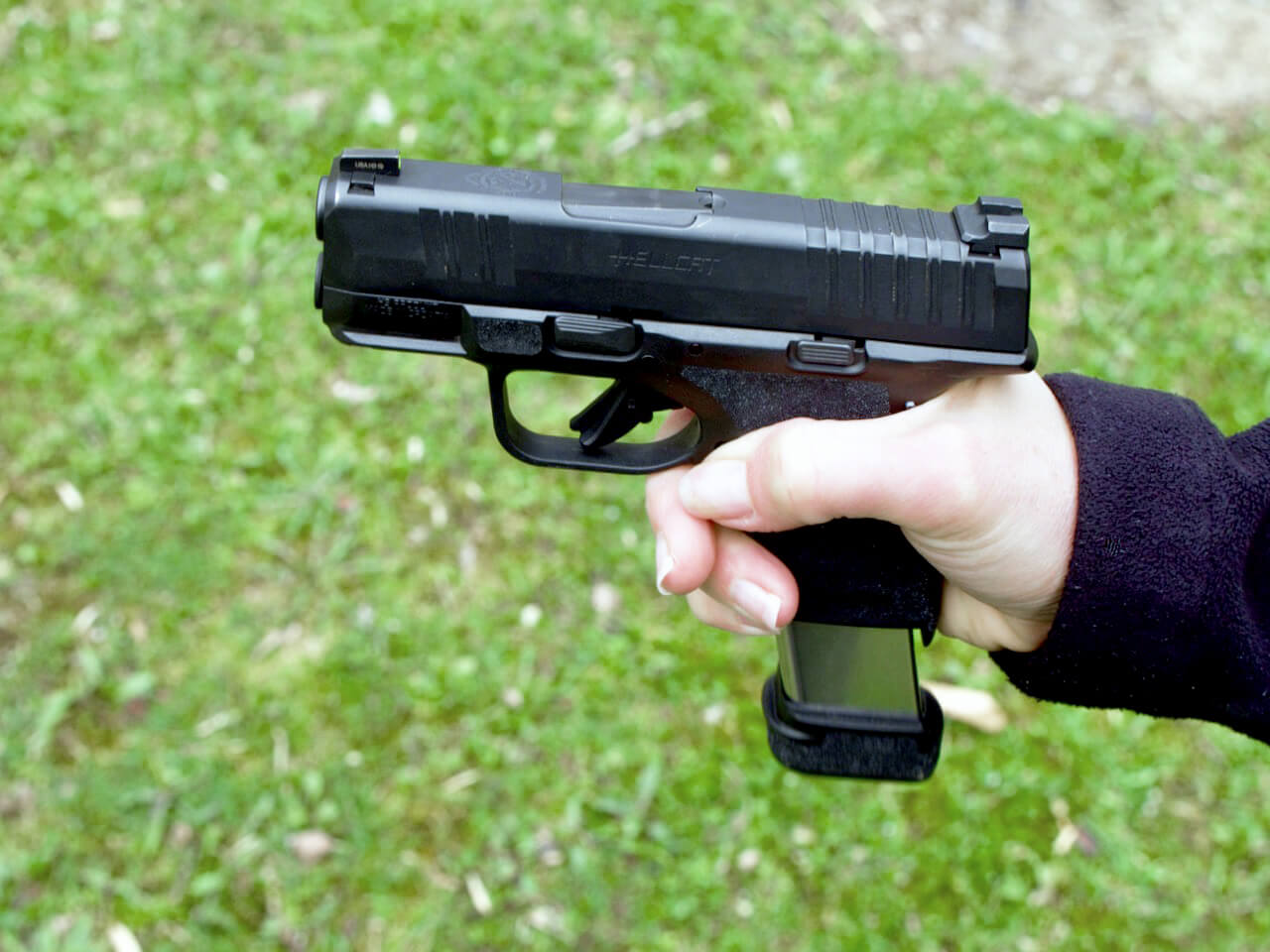
Final Thoughts on How to Reload a Pistol
Semi-automatic handguns are relatively simple to operate, but it would be naive to ignore the complications that new gun owners face when learning about semi-automatic handguns. I encourage you to use the above information as a starting point and to also seek professional instruction.
Editor’s Note: Please be sure to check out The Armory Life Forum, where you can comment about our daily articles, as well as just talk guns and gear. Click the “Go To Forum Thread” link below to jump in!
Join the Discussion
Featured in this video
Continue Reading
Did you enjoy this video?

 153
153




